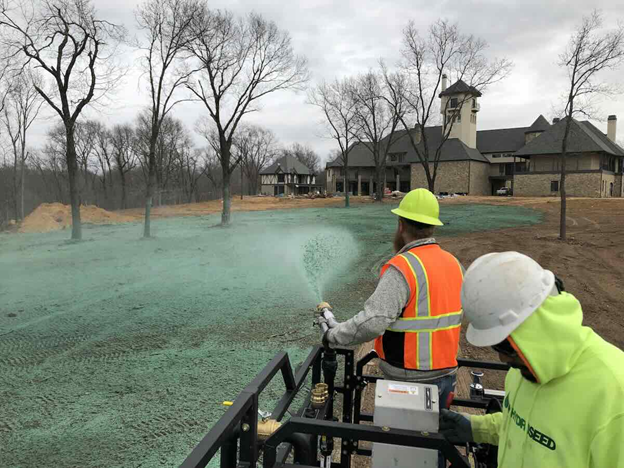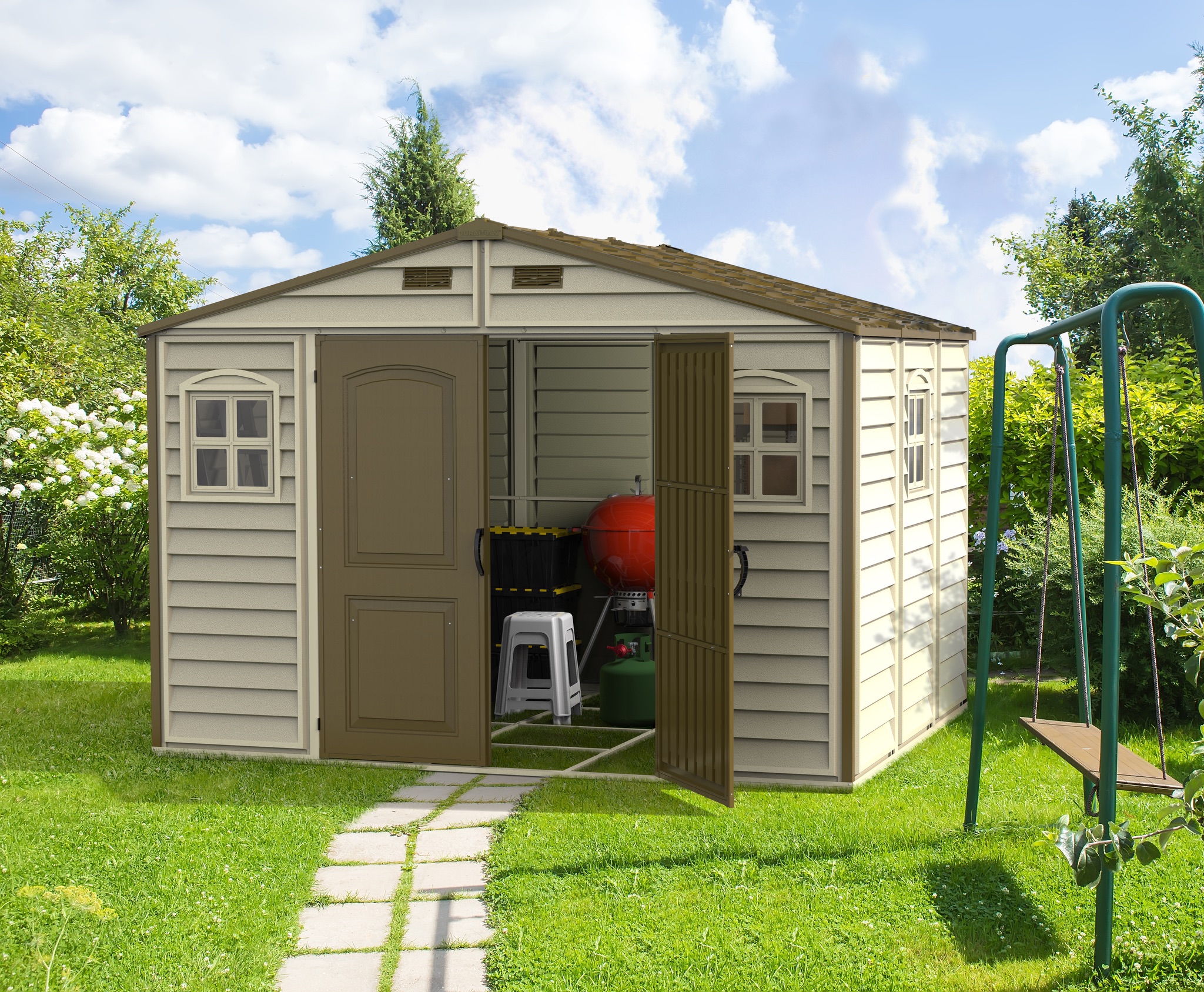Have you ever looked at a barren patch of land and wondered how to transform it into a lush green paradise? Hydroseeding might just be the answer. This innovative method of planting grass and other seeds has gained popularity for its efficiency and effectiveness.
But what exactly makes hydroseeding so beneficial? Let’s dive into some potential benefits of hydroseeding that make it a preferred choice for homeowners, landscapers, and even large-scale construction projects.
Cost-Effective Solution
Hydroseeding is often more affordable than traditional methods like sodding or broadcast seeding. When you consider the costs associated with buying sod, transporting it, and laying it down, the expenses add up quickly.
Hydroseeding, on the other hand, uses a slurry of seeds, mulch, fertilizer, and water that is sprayed over the prepared soil. This method not only reduces labor costs but also ensures that every area gets an even coverage. For large areas, this cost-saving aspect becomes even more significant.
Faster Germination and Growth
One of the standout benefits of hydroseeding is its ability to promote quicker germination and growth. The slurry used in hydroseeding contains mulch that helps retain moisture around the seeds, creating an ideal environment for them to germinate.
This mulch layer protects the seeds from erosion and harsh weather conditions, giving them a better chance to take root and grow rapidly. In many cases, you’ll start to see grass sprouting within a week, and a lush lawn can be established in just a few weeks.
Erosion Control
Erosion can be a significant problem, especially in areas with loose or unstable soil. Hydroseeding offers an effective solution to this issue. The mulch in the hydroseeding mixture forms a protective layer over the soil, which helps to hold it in place.
This layer reduces the impact of rain and wind, preventing the soil from washing away. For construction sites, slopes, and newly graded areas, hydroseeding can be a crucial step in preventing erosion and promoting soil stability.
Improved Soil Quality
Hydroseeding doesn’t just plant seeds; it also improves the quality of the soil. The slurry mixture often includes fertilizers and other soil amendments that enrich the soil with essential nutrients. As the mulch decomposes, it adds organic matter to the soil, further improving its structure and fertility.
Over time, this can lead to healthier, more resilient vegetation that requires less maintenance and fewer chemical inputs.
Versatile Applications
Hydroseeding is not just for residential lawns. Its versatility makes it suitable for a wide range of applications, from golf courses and parks to highway embankments and large-scale commercial landscapes. It can be used on flat surfaces as well as challenging terrains like slopes and hillsides.
This adaptability makes hydroseeding a valuable tool for landscapers and construction professionals alike. In fact, even a ready mix concrete supplier can find hydroseeding beneficial in stabilizing soil around newly constructed areas, ensuring a green and stable environment.
Conclusion
Hydroseeding is a powerful and efficient method for establishing vegetation, offering numerous benefits that make it a preferred choice for various applications. From its cost-effectiveness and rapid growth to its erosion control and soil improvement capabilities, hydroseeding stands out as a versatile and customizable solution.
So next time you see a patch of bare land, consider the potential benefits of hydroseeding to transform it into a vibrant, thriving area.




